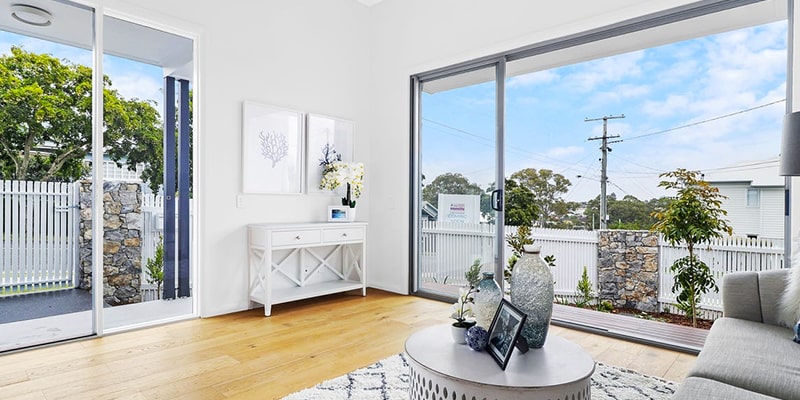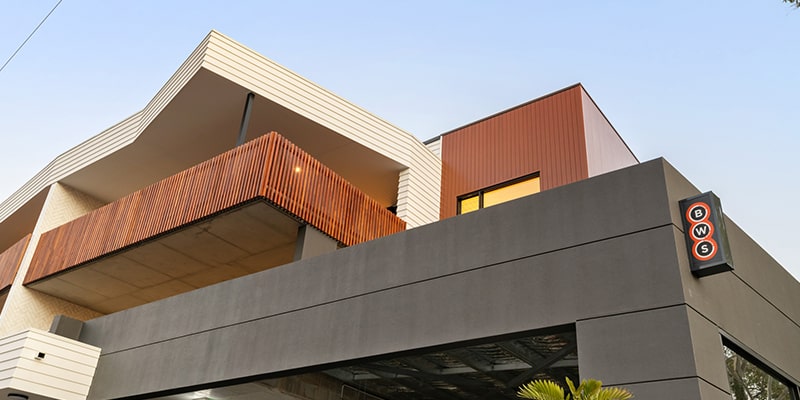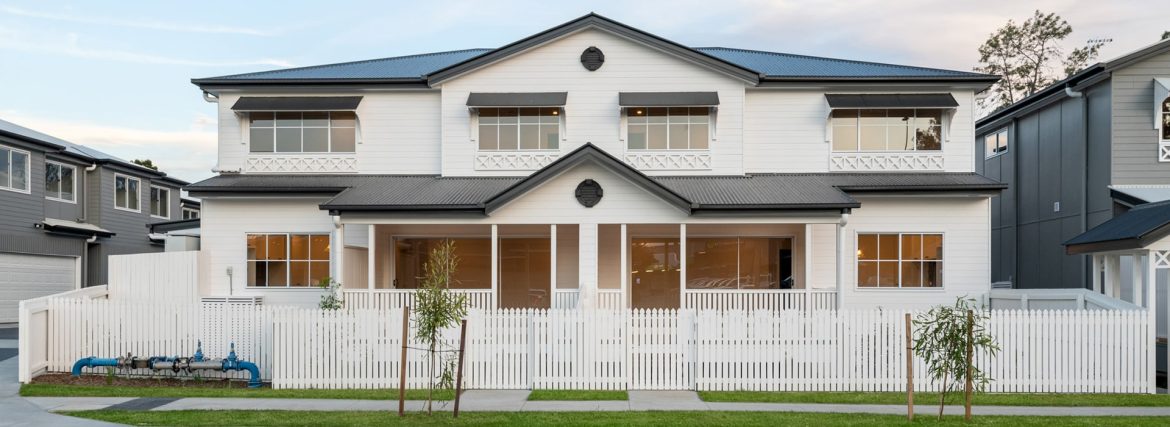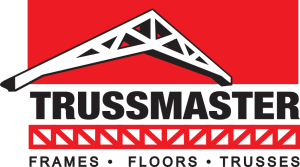Designing for the High End, Delivering at Scale
Built an 18-Year Reputation for Quality, Value Engineering, and Relationships That Last—Through Cycles, Constraints, and the GFC Itself.
In Southeast Queensland’s most coveted postcodes, Groove Properties has made a habit of turning complex urban sites into elegant places to live. The Brisbane-based developer-builder first came to prominence with high-end spec homes, establishing a design language that prized clean lines, premium materials, and meticulous detailing.
When the Global Financial Crisis squeezed margins and stalled speculative sales, Groove didn’t wait it out—they pivoted, taking on contract work for families and then accelerating into townhouse communities and land subdivisions.
“Those GFC years were about survival—but also discipline,” says Director Nick Madden. “We learned how to keep quality high while making the numbers work. That mindset still guides us.”
Today, Groove balances its own developments with long-standing developer collaborations, delivering everything from three- and four-storey luxury townhomes with private lifts to 35-plus-home communities, childcare centres, and mixed-use projects that activate retail at street level with apartments above. The throughline is constant: do the planning early, manage every consultant, and build it the right way—the Groove way.
From Bespoke to Multi-Site—Without Losing the Finish
Groove’s early reputation was forged in one-off, high-end homes. As market dynamics evolved post-GFC, the company moved decisively into townhouses—first in blue-chip, inner-city suburbs like Bulimba, Hawthorne, Coorparoo, and Ascot, and then into larger, more affordable communities across Greater Brisbane (including Bracken Ridge and Everton Hills).
The portfolio has since broadened to include: luxury townhomes (three and four storeys, many with private lifts), with individual construction costs north of $1 million and sale prices in the $2.6–$2.9 million range for select projects, volume townhouse communities (25–35+ dwellings), built to a high spec while meeting strict program and feasibility targets, mixed-use buildings (e.g., Wynnum DA in progress) featuring ~450 sqm of ground-floor retail and 26 apartments above as well as boutique coastal apartment buildings on the Gold Coast (five to eight storeys, near the beach) with single-floor luxury layouts. Groove also includes childcare facilities (110-place centre completed) in his portfolio, a template Groove intends to repeat.
To underpin speed and control, Groove built out Groove Civil, the company’s in-house earthworks and civil contracting arm. “Owning the civil means we control the early critical path—earthworks, drainage, civil electrical,” Madden explains. “It removes handoffs and keeps programs honest.”

Why High-End Leads the Market Right Now
If there’s a single factor reshaping residential development post-COVID, it’s build cost inflation. With “cheap product” no longer economical to deliver, the market has drifted up-market—a zone Groove knows well.
“To make a project stack today, most developers are moving to higher-end finishes and specifications,” Madden says. “That aligns with our DNA. We’ve always preferred to design well and build beautifully.”
It’s not only a response to cost. Buyers—particularly downsizers and executive families—are prioritising location, amenity, and craftsmanship over raw size. Groove’s infill townhomes, often with internal lifts and premium kitchens/bathrooms, meet that brief while offering lower-maintenance living in established suburbs.
At the same time, Groove continues to deliver volume communities—a dual capability that few builders sustain. “We can run four to six projects concurrently,” Madden notes, “and we’ll scale to 100–150 dwellings a year across townhouses, units, and select housing, without compromising standards.”
A Team That Grows from Within
Culture shows up in tenure. Groove’s construction manager has been with the business 13 years; two of the site supervisors joined as apprentices and have grown through to leadership over eight years; the project manager and accounts lead each ~eight years. Even during COVID’s labour churn, the core stayed.
“I’m on site every day,” Madden says. “Sometimes one site, sometimes two. You can’t lead a construction business from a distant desk. The companies where the owner is visible—talking to teams, walking the work—those are the ones that last.”
The delivery model is lean and direct: six office staff support four concurrent sites, each led by a supervisor with a carpenter and apprentice (often two and two), plus the roving construction manager who bridges office and site. It’s flat, fast, and accountable.
Relationships That Protect the Program (and the Margin)
Groove’s supplier relationships are as long-standing as its staff. During the COVID supply crunch, a key timber partner pre-ordered and warehoused full frame packages for a 35-townhouse project—locking price and supply when others were scrambling.
“That’s trust built over 18 years with the same rep,” Madden says. “We pay on time; they communicate early. If there’s a delay, we move the program around it. The worst thing is silence—just tell us the truth quickly, and we’ll solve it.”
It’s a philosophy applied across trades, professional services, and collaborating developers. Groove has delivered a dozen-plus projects for one long-term developer partner alone—rare continuity in a project-by-project industry.
Innovation Where It Matters: Planning, Product, and Proof
If the construction sector is notorious for red tape and admin loops, Groove’s response is pragmatically tech-forward. Not afraid to utilize innovative platforms, Groove’s tech focus includes Procore. The company is adopting the platform to unify accounts, procurement, site reporting, document control, and programming—with AI features that streamline routine communications.
“The goal isn’t flash,” Madden says. “It’s minutes saved multiplied by team size.”3D component visualisation: On site, teams now scan plan codes to open interactive 3D assemblies (e.g., colour-coded floor joists, brackets, nail/screw counts).
“A supervisor can remove walls virtually, check sequencing, and verify quantities on a phone. That’s rework we avoid.”Design-led value engineering: Groove’s signature advantage is front-end redesign. A recent nine-townhouse luxury project arrived as a full blockwork and suspended concrete scheme. “We re-engineered it to lightweight construction while preserving the rendered aesthetic,” Madden says. “Outcome: ~$1.3 million saved with no compromise to the sale-side vision. That project only proceeded because the redesign restored feasibility.”
This “plan smarter, then build smarter” approach is why many developers now retain Groove from land purchase through design, documentation, consultant management, civil, build, and even sales. “We’re the one-stop project office they can hold to account,” Madden says. “It’s faster, cheaper, and the outcomes are cleaner.”
AI’s Coming of Age in Construction
For all the talk of AI, Groove is focused on useful applications: email triage and drafting, RFI patterning, schedule variance detection, document control, and site reporting. The point is time recovery—moving hours from admin back to decision-making and supervision.
“The industry is drowning in compliance,” Madden says. “If AI can compress the paperwork trail, our supervisors spend more time building and less time typing. That’s where quality lives.”

Despite nearly two decades of steady work, Groove historically spent little on advertising beyond signage. Most new work came from what people could see—built results in the right suburbs—and word of mouth among developers. Over the past 12–24 months, the company has invested in social media and SEO—not as vanity, but to document quality and educate the market on what sets Groove apart.
“We’re careful with content,” Madden notes. “We’ll show select high-end homes (often our own family projects) to demonstrate finishes and workmanship, but we’re not pitching to be a one-off home builder for mums and dads. Our focus is multi-dwelling, mixed-use, and community scale.”
Where Groove is Going Next
Pipeline momentum is real: six of Groove’s own developments are now in train—some in planning, some on site, some at sales—up from just two 18 months ago. Madden outlines his near-term strategy. Looking ahead, he would like to rebalance the mix from roughly 30% own / 70% external to ~80% own / 20% strategic developer collaborations—retaining a handful of long-term partners for cash-flow balance and portfolio diversity.
Madden is also looking to scale responsibly from four concurrent sites to five or six, maintaining director-level visibility across every job. Groove would like to target 100–150 dwellings a year across townhouses, boutique apartments, and select housing, with childcare and mixed-use as complementary verticals.

Madden notes that he would like to embed Procore and 3D tools across all sites, driving consistency in data, program, and quality and Madden would like to double-down on value engineering, especially as costs remain elevated.
“Feasibility lives or dies in the first six weeks,” Madden says. “That’s when smart redesign pays for itself.”
Ultimately, the aim is recognition: buyers and developers who can spot a Groove project on sight—and associate it with better planning, better finishes, and better outcomes.
“If it’s our badge on the hoarding, it has to be beautiful, efficient, and sale-ready,” Madden concludes. “That’s the promise—whether it’s five townhomes or fifty.”
AT A GLANCE
Who: Groove Properties
What: An innovative builder that works to scale and utilizes tech to enhance its work
Where: Brisbane, Australia
Website: www.grooveproperties.com.au
PREFERRED VENDORS/PARTNERS
Trussmaster : www.trussmaster.com.au
Trussmaster is a highly-regarded Australian manufacturer providing housing solutions to builders since 1984. From our facilities in Queensland and New South Wales we supply prefabricated building products, glue-laminated products and timber treatment to major east coast cities and regions. Our business is built on long-longstanding relationships with our staff, suppliers and customers. Over many years we’ve honed our offering to focus on cost-effective quoting, precise manufacturing processes and comprehensive site support.
Woodstock Timber Specialists : www.woodstocktimber.com.au
Woodstock—Australia’s composite decking specialists—introduces EvoDek. Timber beauty, minus the hassle: low maintenance, splinter free, fade/stain/termite resistant, slip-safe, eco-conscious, built for Aussie weather. Enquire about our special launch price of $19.18.






 This information will never be shared to third parties
This information will never be shared to third parties